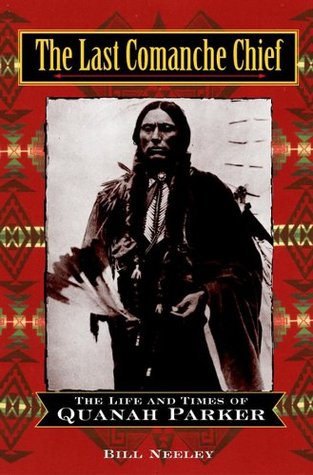Kindle Notes & Highlights
Texans believed that Mexicans and Indians should be cut down like trees of the forest if they got in the way of that survival.
war party usually goes at the full of the moon as to have the moon to travel by—they want moonlight when they get there so as to see to find horses . . . at night—if near a mountain they climb up and remain hidden in the timber looking about during day and come down at night—they usually attack at daylight if they are in sufficient force to make a bold attack.
So throughout much of the decade of the 1860s, the Comanches and Kiowas were on the offensive.
Quanah, riding among the leaders in the charge of yelling Indians, lanced one of the unlucky Shadler brothers, who were rousing from sleep in one of their wagons. The Shadlers did not hear the approaching Indians until it was too late.* His brother and their big guard dog were quickly dispatched by other warriors. The scalps of all three
Quanah’s killing of one of the Shadlers is depicted on a Comanche deerskin painting. A color photograph of the painting is on pages 116–117 of The Great Chiefs (Alexandria, Virginia: Time-Life Books, 1975).
Woman’s Heart of the Kiowas and fifteen other warriors were killed in this
Polygamy was also a status symbol among the Indians, signifying wealth and importance,
For a reason Goodnight could not quite decipher, the Comanches and Kiowas hated black people. So strong was their conviction that the buffalo soldiers (so called by the Indians because they thought the hair of blacks resembled that of the buffalo) were “heap bad medicine,” the Indians had long refused to scalp fallen blacks.
J. Evetts Haley, Charles Goodnight’s Indian Recollections (Amarillo, Texas: Russell and Cockrell, 1928; Reprinted from Panhandle–Plains Historical Review, 1928), p. 15.


